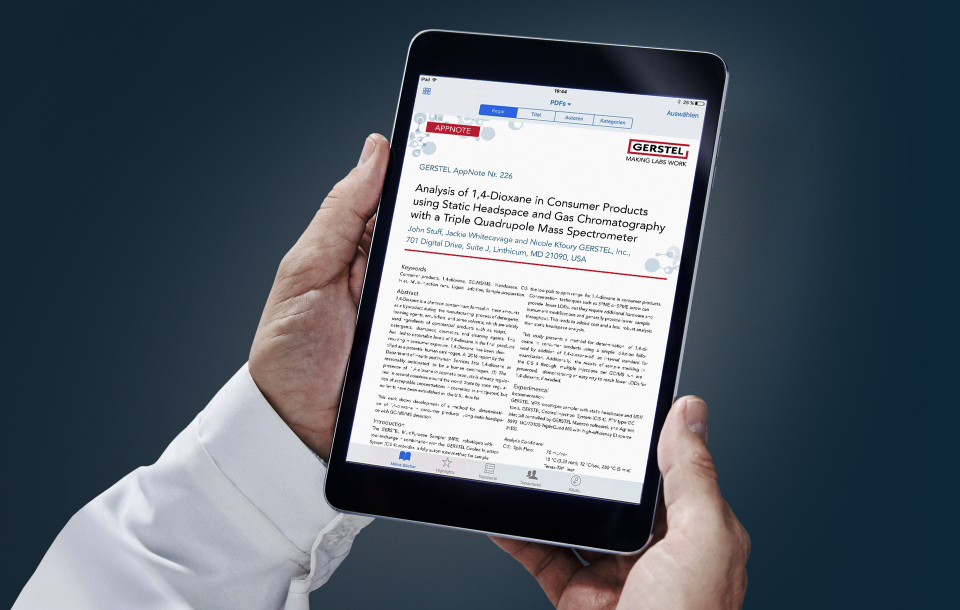Non-alcoholic (NA) beers have recently increased in the market as consumers look towards healthier drink options. To gain consumer acceptance, brewers must create a product that matches the flavor of the alcoholic version and is absent of off-odors. Volatile organic compounds (VOCs) are significant contributors to beer’s overall flavor, and the ability to determine differences in these profiles can help brewers enhance the quality of NA beers. This study compared the VOCs of NA beers to their respective alcoholic beers.
Honeybees are experiencing high mortality in the United States and worldwide. Neonicotinoids, a class of commonly used insecticides, have been found in honey samples suggesting that bees and other pollinators are being exposed to these neurotoxic chemicals. Pesticide exposure has been identified as one of the stressors causing increased mortality and as a possible cause of colony collapse disorder in bees.
In the work presented here, perfluorinated compounds were extracted from different food types (egg, fish and meat) using a QuEChERS-like approach followed by online-SPE cleanup and LC-MS/MS determination. In addition to validating the analysis method in accordance with the EU Guidance Document [1], matrix-based calibrations were compared to solvent-based calibrations to illustrate the matrix effects and demonstrate the cleanup efficiency. Online-SPE enables the injection of large amounts of sample extract, helping to reach the required quantification limits of 0.01 to 0.05 μg/kg.
Pesticides are frequently determined in various food and beverage types and in environmental samples. A common sample preparation method used is known as QuEChERS (Quick, Easy, Cheap, Effective, Rugged, Safe). The method involves salting-out liquid-liquid extraction with acetonitrile and subsequent clean-up of the extract using dispersive solid-phase extraction. Usually, 1 – 2 μL of the extract is then injected into the analytical instrument for analysis. To further improve the sensitivity, automated evaporative concentration of the extract using the GERSTEL mVAP can be combined with Large Volume Injection in the GERSTEL CIS 4 inlet and GC-MS analysis.
Nylon is an important class of synthetic polymers used in a variety
of products. Nylon polymers are aliphatic polyamides that are classified in two groups according to their composition. These are the Ω-aminocarboxylic acid-type and the diamine-dicarboxylic acid-type. The Ω-aminocarboxylic acid-types consist of a single amine group attached to a carbonyl group. The diamine-dicarboxylic acid-types consist of two amine groups attached to a repeating dicarbonyl group. The thermal degradation products of the two nylon categories are well established [1-3].
In this study, volatiles were collected from the headspace around plants for subsequent determination by GC/MS. Passive air sampling was performed using Thin Film Solid Phase Microextraction (TF-SPME) devices coated with divinylbenzene/polydimethylsiloxane (DVB/PDMS) as well as with the GERSTEL Twister® coated with PDMS. Active air sampling was performed onto thermal desorption tubes filled with PDMS foam and Tenax® TA, respectively. Violet star petunias, oakleaf hydrangeas, citronella, and lemon thyme plants were used for this study.
Pagination
- Previous page
- Page 2
- Next page
